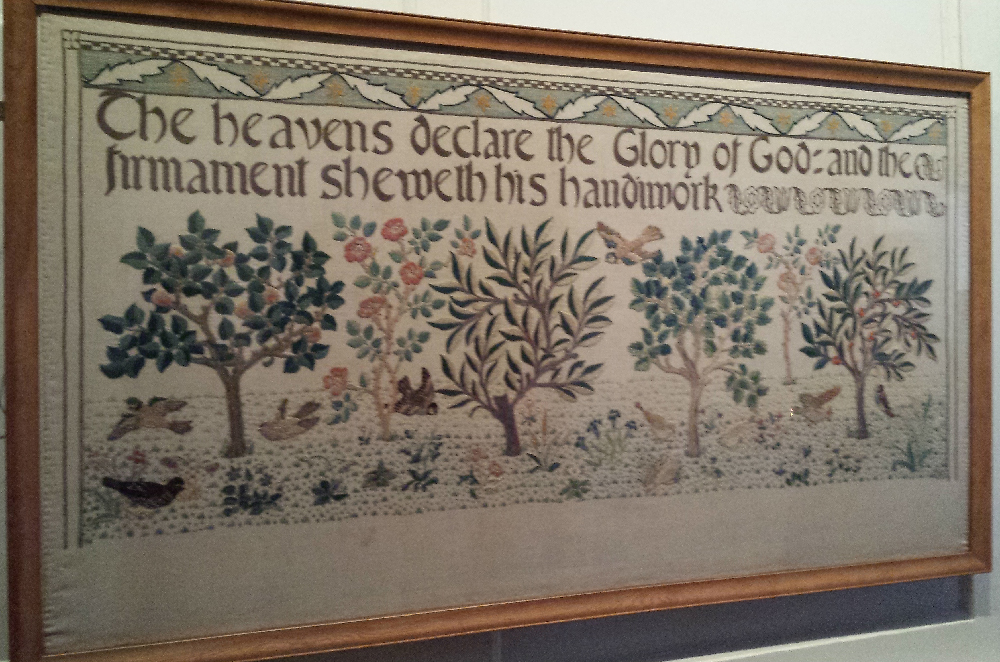
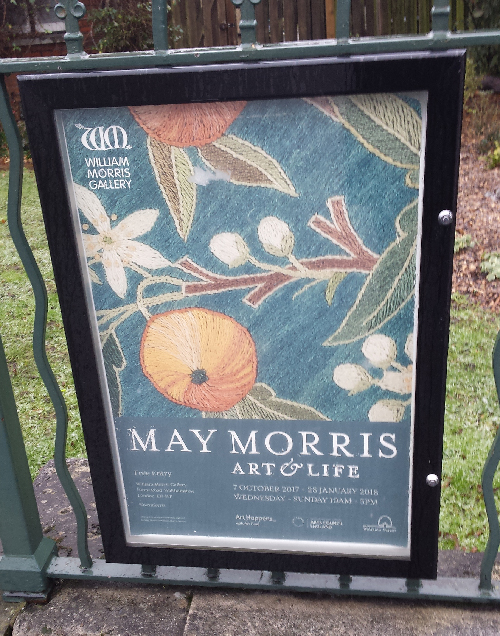
I recently hopped on the Victoria Line tube up to its northern limits at Walthamstow, to pay a visit to the May Morris exhibition, which was being held in the William Morris Gallery. It was a dark and miserable Sunday afternoon in January, and in fact the weather that day alternated between slushy snow and heavy rain. Unpleasant!
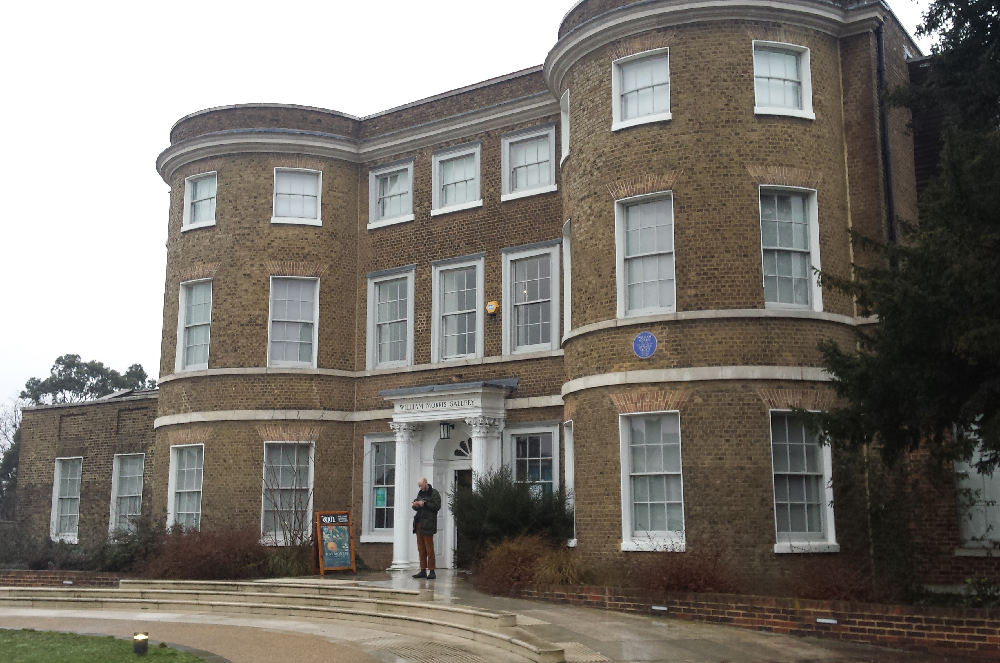
The Gallery houses a fine permanent exhibition on the work of Morris, plus temporary exhibitions, the most recent one of which was on the life and work of his younger daughter, Mary ‘May’ Morris. The house was the Morris family home and William lived there from 1848 to 1856 with his widowed mother and eight siblings, during his teenage years and early 20’s.

It was a wonderfully comprehensive exhibition, held in several rooms over the two floors of the house. Of course, being a wet Sunday afternoon, near to the end-date of the exhibition, the place was heaving with people, and it was hard to find a spot in which to angle myself to take photos of the exhibits. So, instead of a comprehensive look at everything on display, I only managed to take a selection of awkward photos of a few of her works! Sorry about that. Oh well, I hope it at least gives a slight taster of her work.

May Morris was born in 1862 at Red house, in Bexleyheath, the house that her parents and their friends designed and built. Like most designers of her age, she worked in a number of media. One cabinet showed some beautiful Arts and Crafts influenced jewellery, including this lovely girdle.
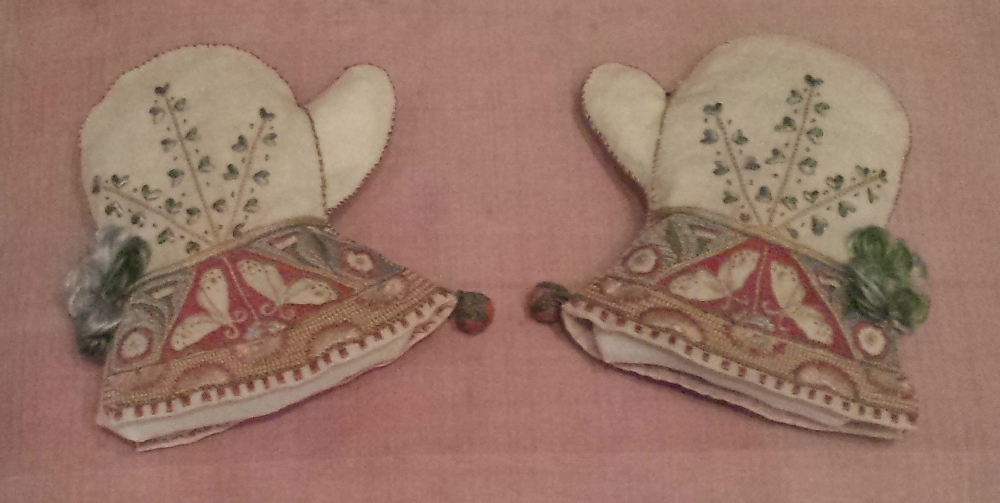
Mittens 1905, inspired by Elizabethan embroidery.

May worked very much in the tradition of the Arts and Crafts movement, emphasising handwork, the utility of objects, and naturalistic forms. In many ways, being her father’s daughter was both a blessing and a curse. It enabled her to work in the way she did, gave her resources to do so, but it has meant that her work has previously been overshadowed by his legacy. This exhibition hoped to redress the balance and show her skill and artistry, as well as the enduring contribution she made in the field of embroidery, by teaching and by helping to set up various needlework and craft societies.

Her main love, was needlework, learnt from an early age from her parents, both of whom embroidered. May went on to study textile arts at the South Kensington School of Design (which later became the Royal College of Art) and took over the running of the embroidery department of her father’s Morris and Co business, at the age of 23. She was an influential designer in this field, involved in both the Royal School of Art Needlework and the LCC Central School of Art, passing on her craft to new generations of embroiderers with her many years of teaching in this field.
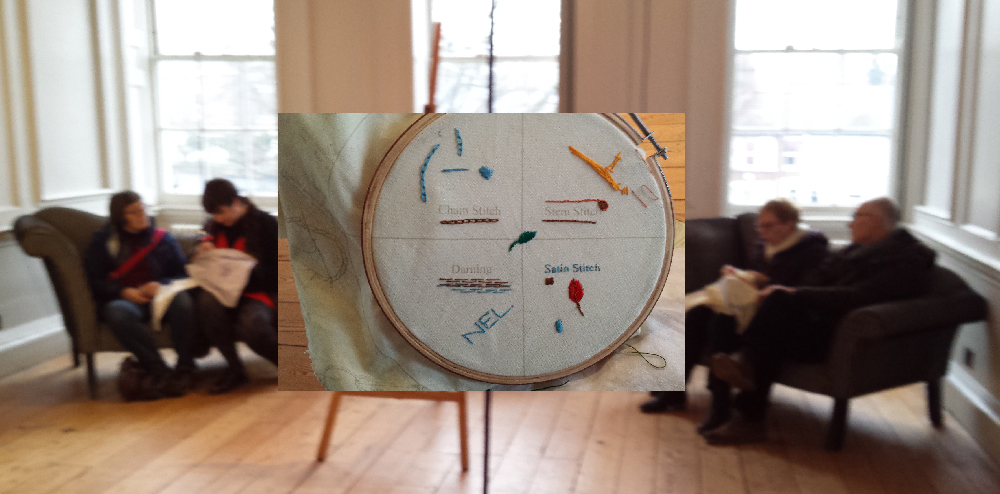

Upstairs there was the opportunity to practise some embroidery. Transfer printed cloths and large printed instruction posters around the walls instructed visitors how to complete various stitches. The instructions were from May’s book, Decorative Needlework, which I had been looking at online the night before I visited the exhibition. Its available to view here-
https://archive.org/details/decorativeneedle00morriala
Its a very clear instruction book for basic embroidery, full of useful information and illustrations for completing each stitch, and with interesting insights into the principles of good design and the history of the craft.
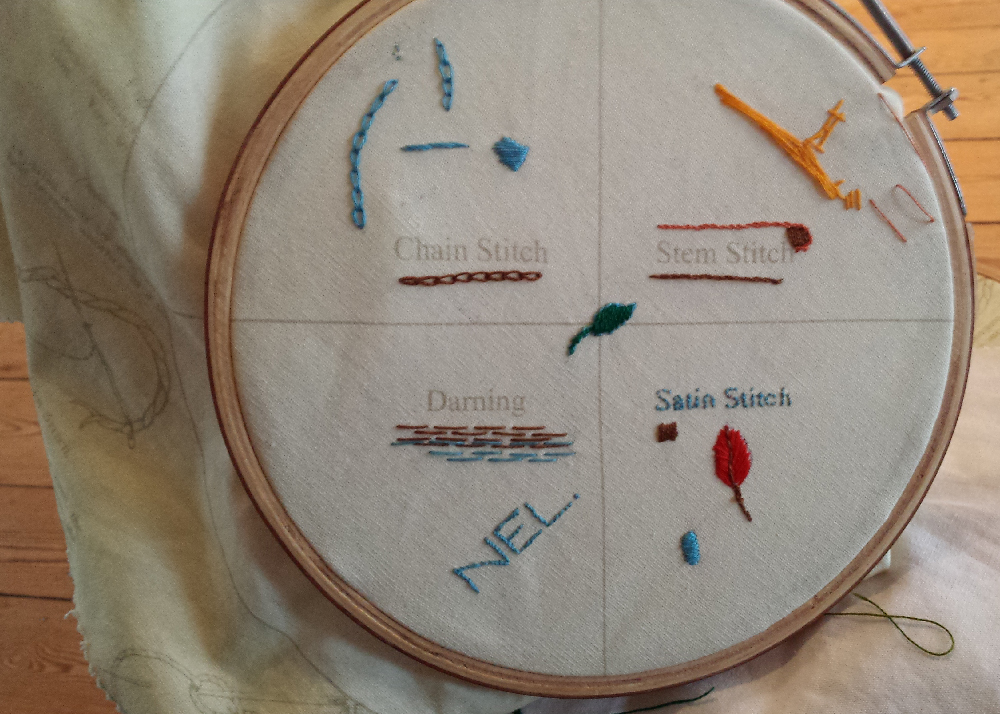

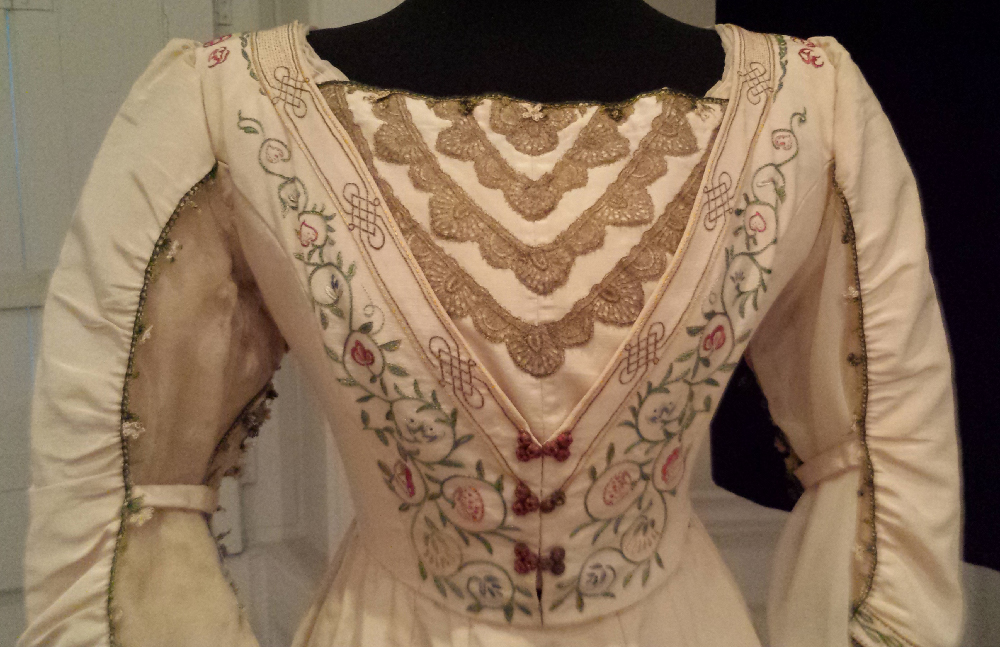
This silk dress was made by May for a friend. May followed the Artistic Dress movement, which encouraged a more relaxed and comfortable style of dress for women. In 1882 she encouraged women not to ‘allow themselves to be upholstered like armchairs, but to be draped like women’. The label states that the lace is metallic machine-made lace. Well! For all May’s Arts and Crafts principles and lifetime doing hand-embroidery, you would think she would be able to find some hand-made lace for the dress!

May adapted this design of a Minstrel with cymbals, from a stained glass design of her father’s.


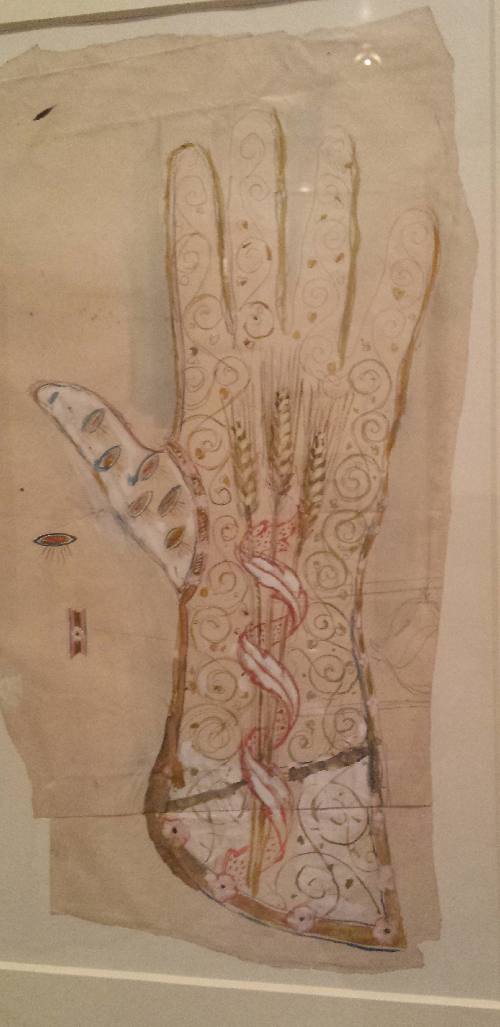
A drawing for these Bishop’s gloves, plus the completed gloves. They were exhibited during May’s lecture tour of the U.S.A in 1910.


Maids of Honour. I thought this piece was stunning. It looks as if the embroidery is hanging in thin air, until you get very close, and can see the fine, almost translucent, canvas. The shading is gorgeous.


A book bag and an evening bag. The book bag, on the left, was made by May and her sister Jenny, for her father, to house one of his medieval manuscripts.
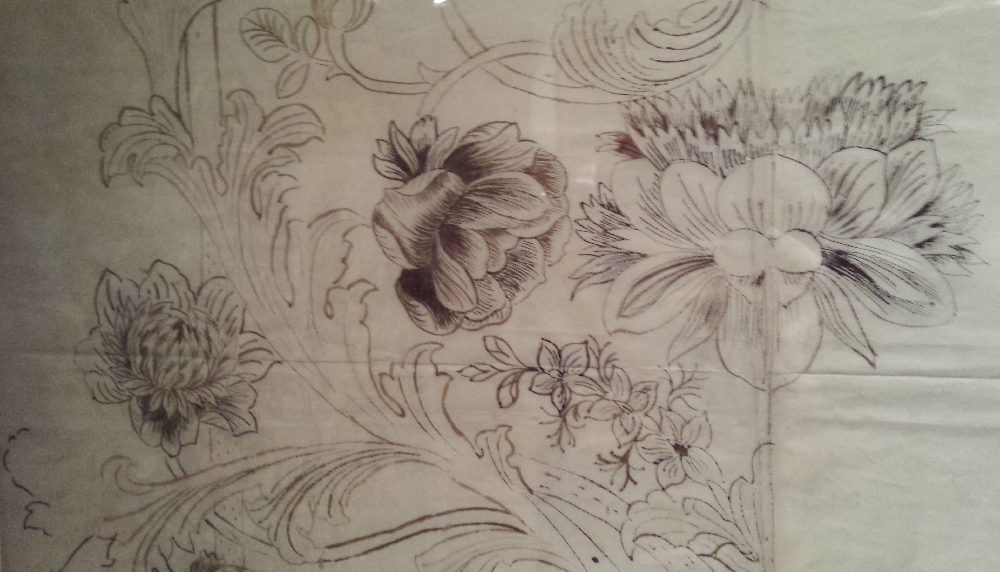
May was a fine artist, as this preliminary sketch shows.
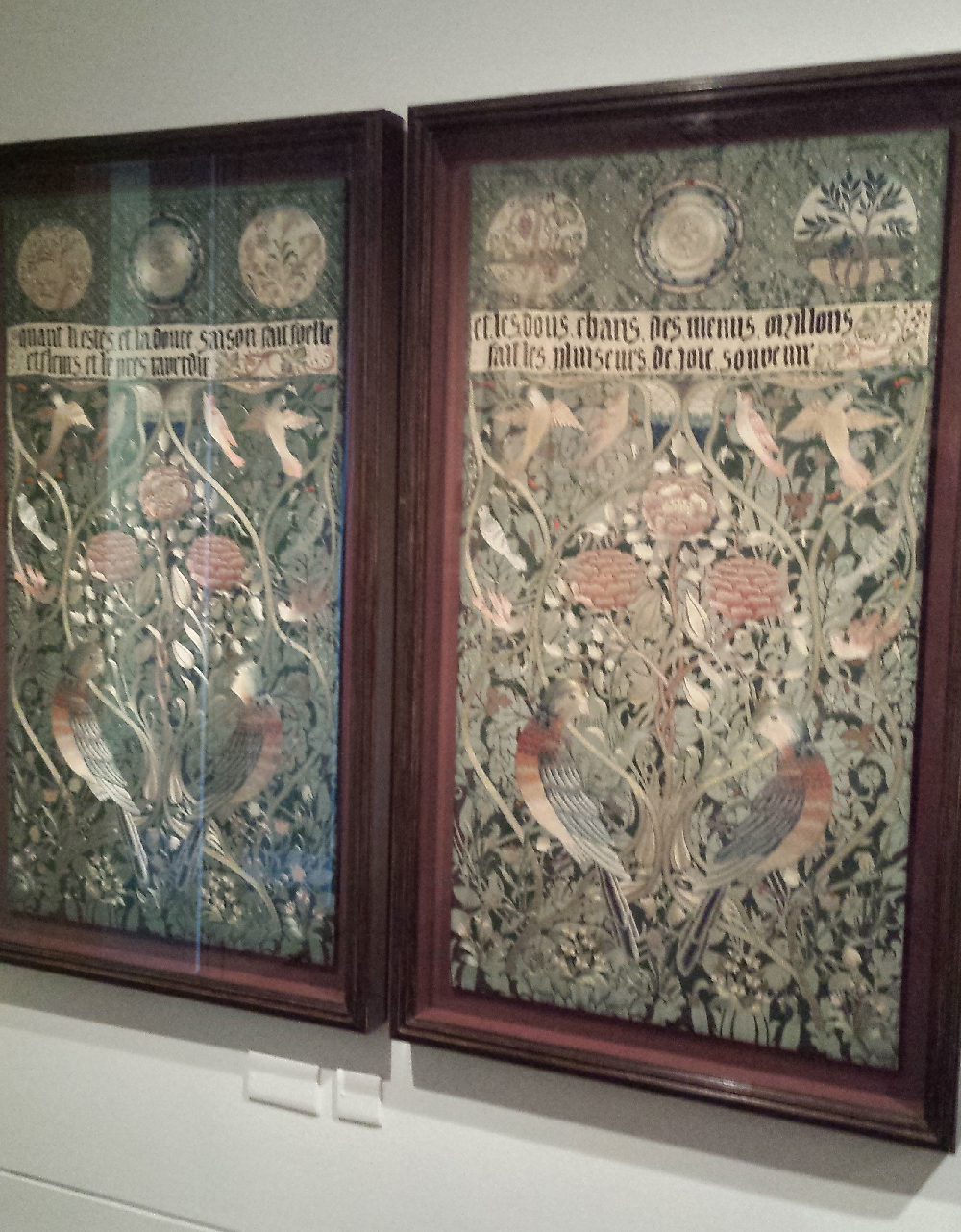
These wonderful panels illustrate the seasons ‘Spring and Summer’ and ‘Autumn and Winter’. They are privately owned so it was lovely to have the opportunity to see them.
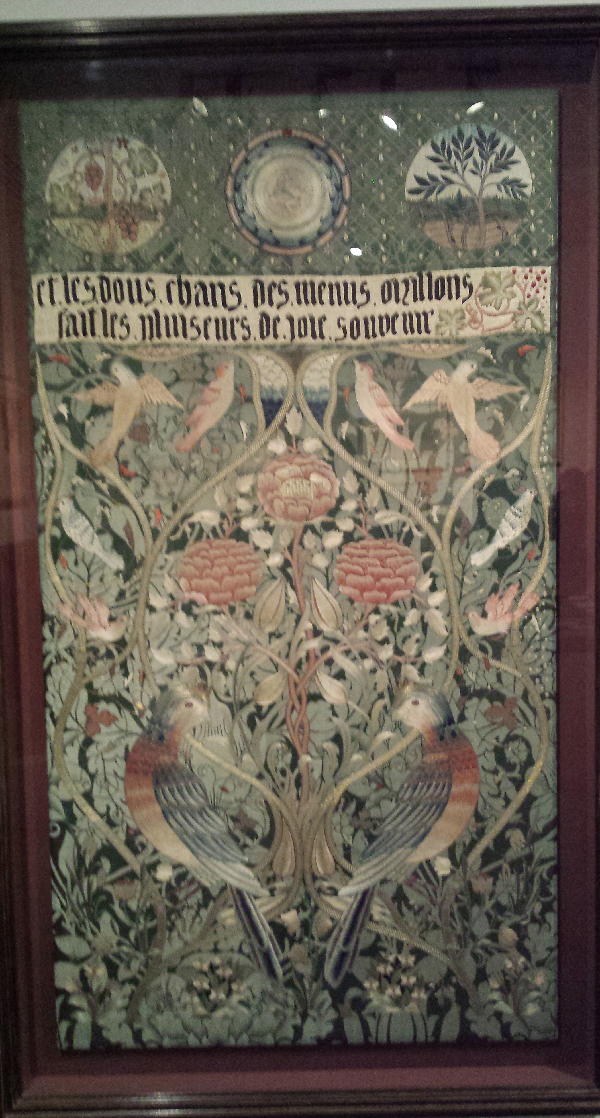
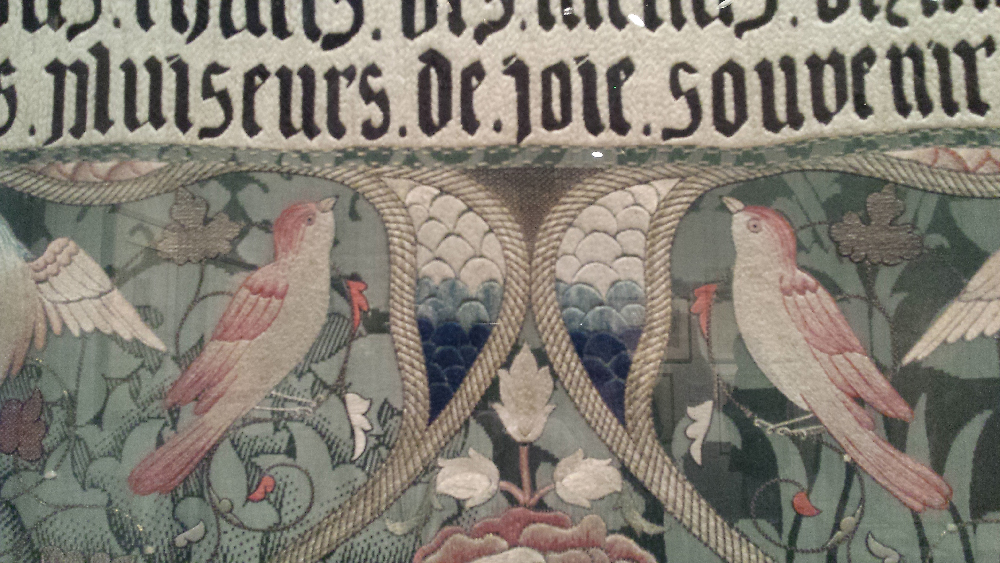

An altar front, very much in Arts and Crafts style. Designed by Philip Webb.

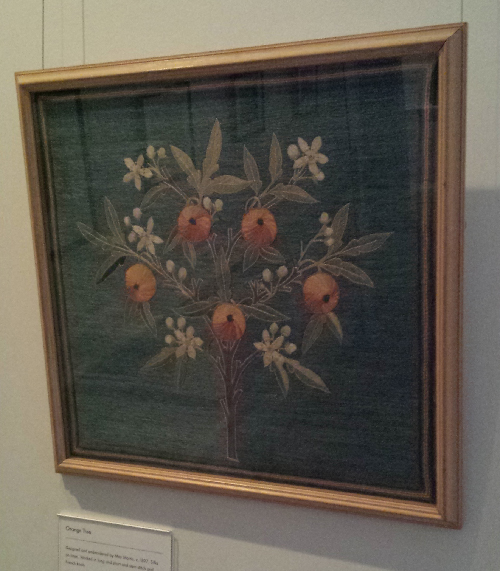

Orange Tree 1897.

Olive and Rose firescreen.

The Heaven’s Declare.

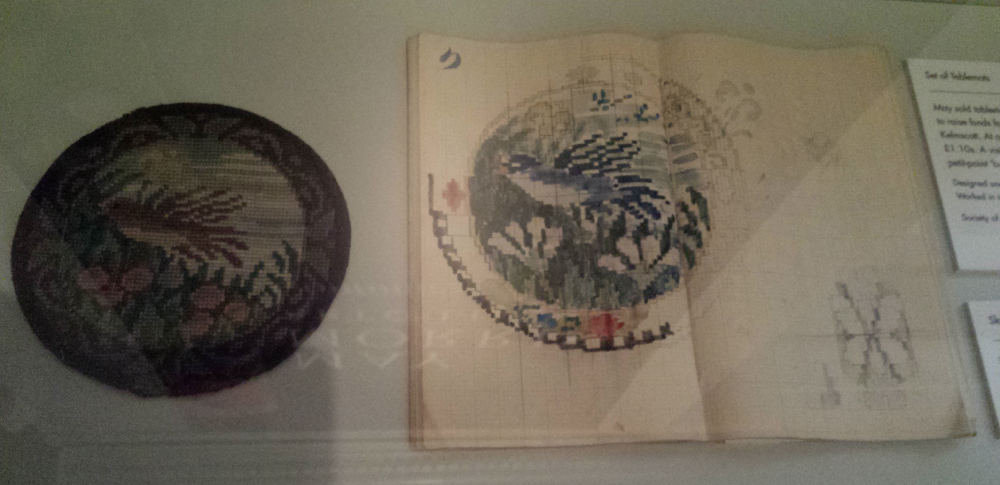
Whilst living at her final home, Kelmscott Manor in Oxfordshire, May helped to raise funds for a William Morris Memorial Hall in Kelmscott, by designing and working these petitpoint table mats for sale in the 19920’s. They sold for £1 10s each. According to the accompanying sign, May hated doing petitpoint, but continued with it as it was a popular fundraising item. Of course, May, and her father William, had spent their lives trying to encourage a freer, more creative style of embroidery (Art Needlework), in response to the ‘paint by numbers’ approach of Berlin work that had been a huge craze throughout most of the Victorian period , so it is easy to see why she disliked this art form.

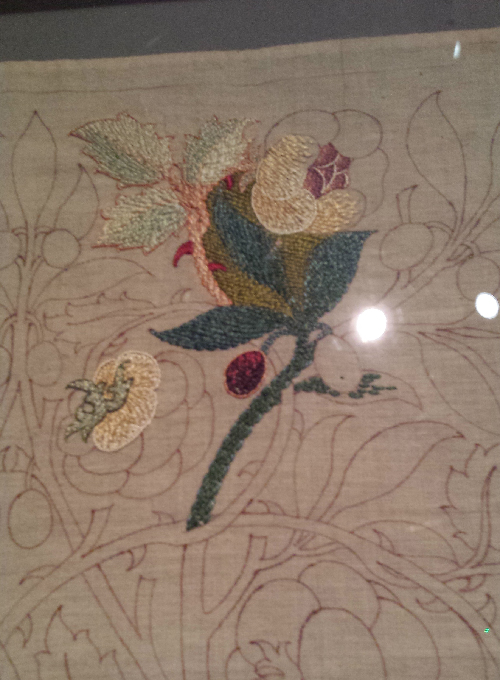
I was quite excited to see the contents of this case. I had always known that Morris & Co produced kits for customers to work themselves, but don’t ever remember seeing one before. All the silks use natural dyes.

This flowerpot design was one of their most popular pieces, available as kits or ready-made, for use as cushion covers or firescreens.
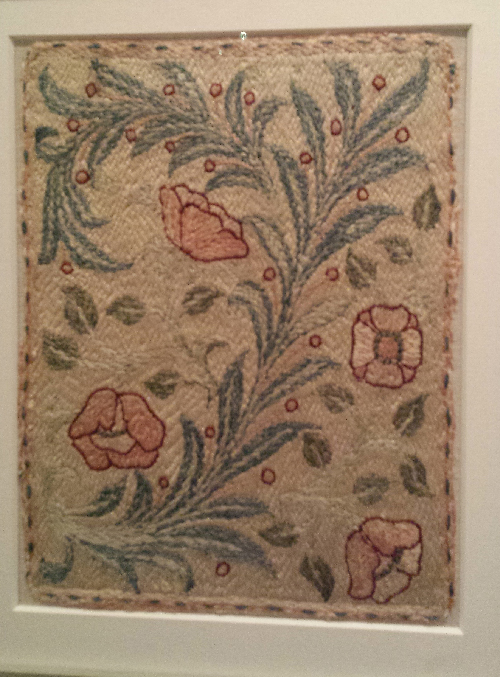
Many of May’s works were donated to the national collections on her death.
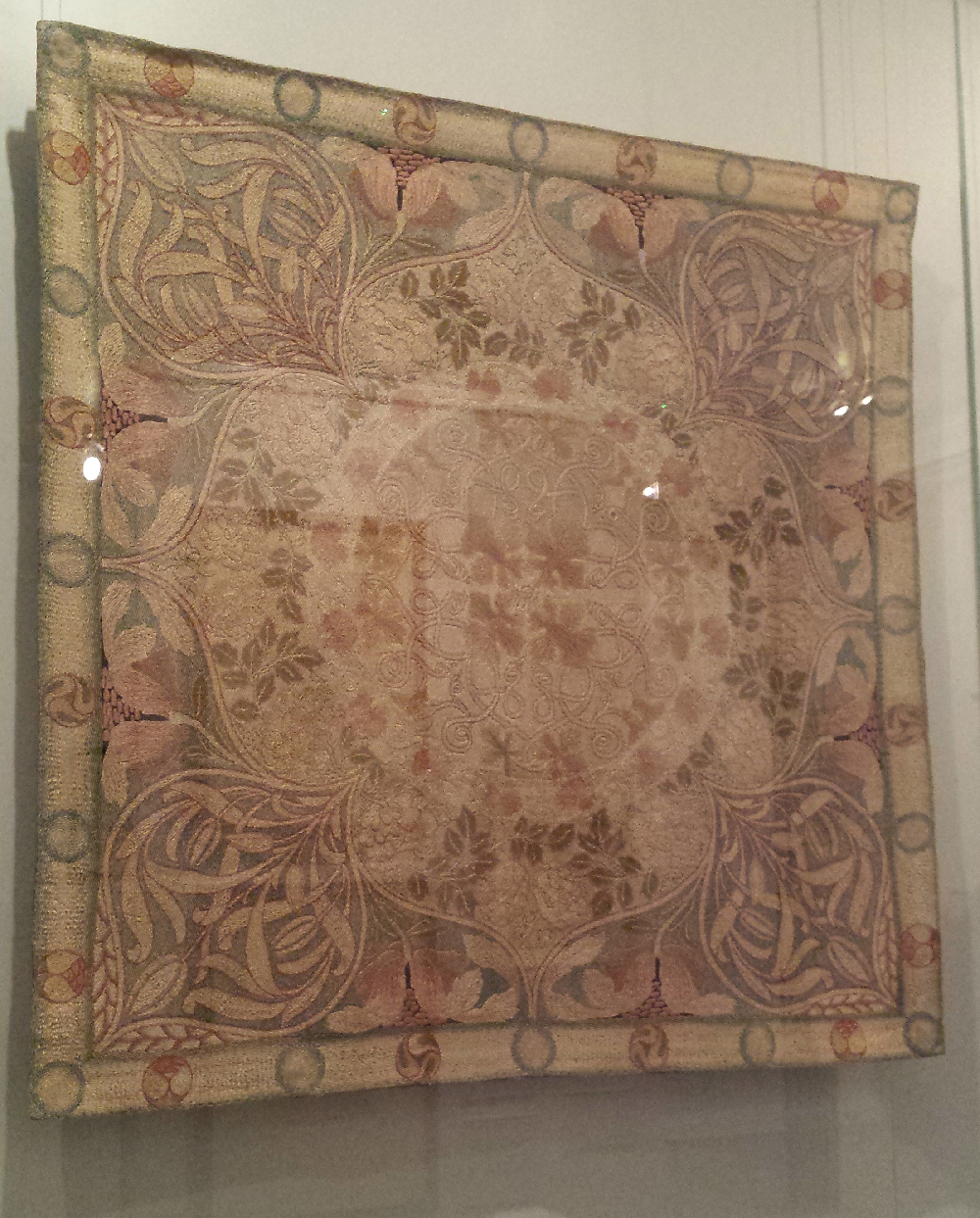

This last item was not part of the exhibition, but part of the permanent display downstairs. A huge embroidery, worked by one of the Morris & Co customers (a Mrs Battye) to a very high standard. The permanent exhibition is very interesting, full of insights into the life of William Morris, with hands-on things to do and lots to see.
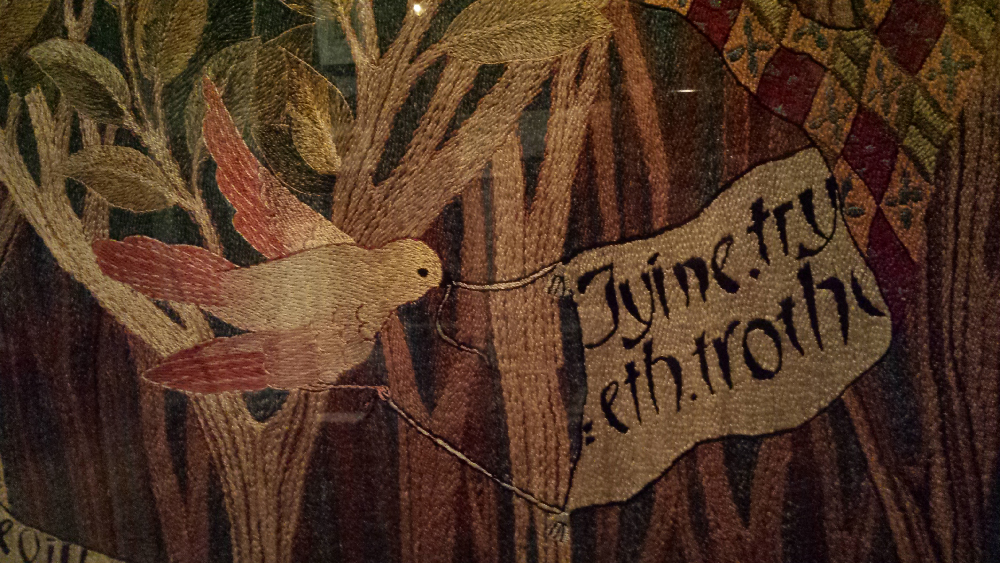
All in all I enjoyed the wide variety of May’s work on display. It really highlighted the quality of her embroidery and the creativity she brought to the design of the objects.
I noticed recently that the V & A have a new book on the life of May Morris, in their bookshop. Must treat myself to it soon!